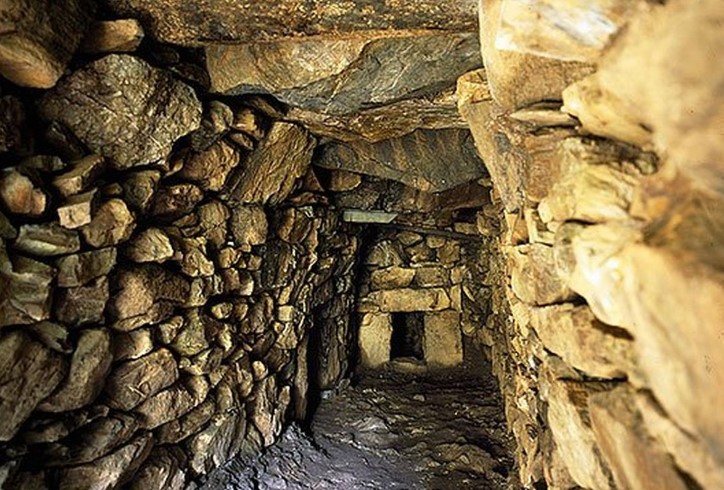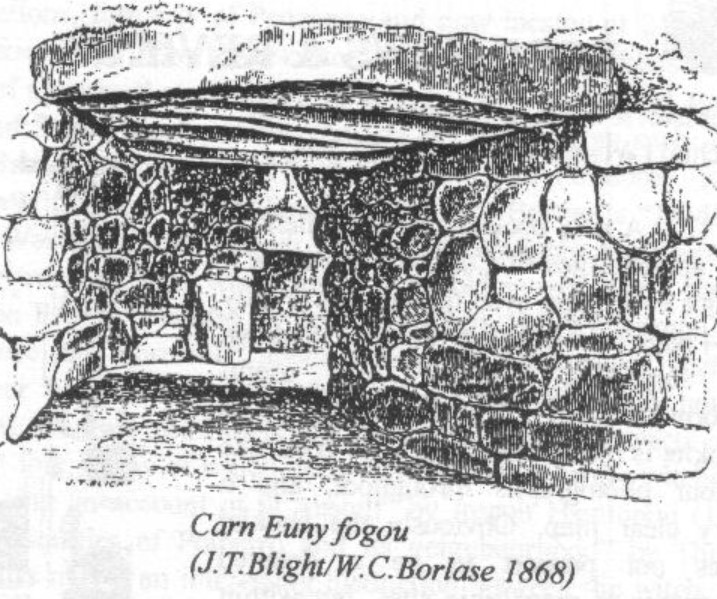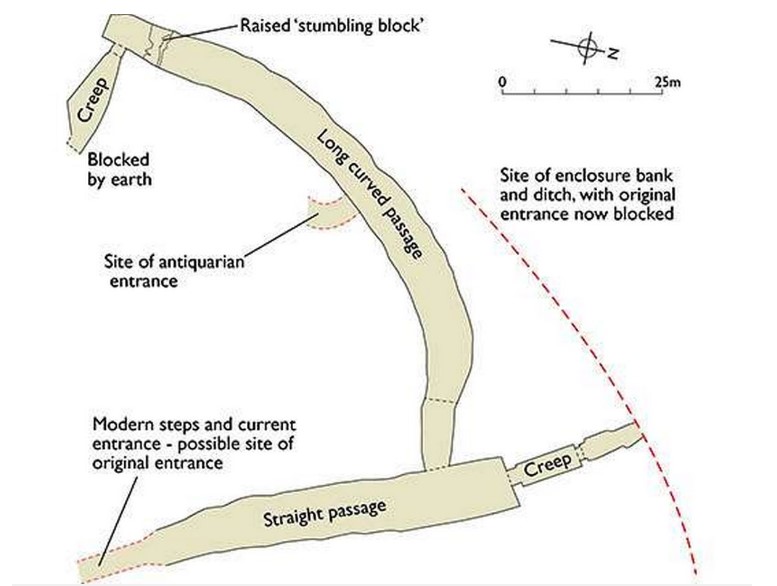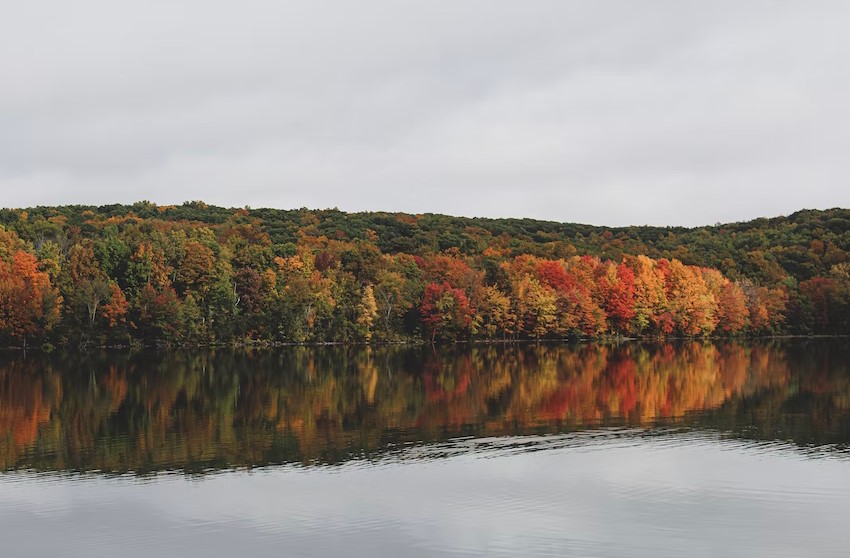The Halliggye Fogou is an ancient underground tunnel and a historic site located in Cornwall, England, and falls under the responsibility of English Heritage. It is maintained by the Trelowarren Estate, where the fogou is located, but there is a fee for access to the rest of the estate. Nestled atop the hill is the intricate underground labyrinth of passages comprised of huge stone blocks. It is believed to have been erected during the Middle Iron Age, anywhere between the 5th and 4th centuries BCE.
This intriguing complex features a long, narrow tunnel that leads to three separate chambers, one of which has a window-like entrance that was added during the Victorian era by treasure hunters. Despite this addition, the Halliggye Fogou remains the largest and best-preserved of several similar tunnels found in Cornish Iron Age settlements.

Excavations carried out in the 1980s by English Heritage revealed a variety of artifacts, including local Iron Age pottery, as well as sherds of Roman Samian ware. Additionally, Sir Richard Vyvyan and J. T. Blight recorded and described the site in the late 1800s, and their findings include a vase containing ashes, a roughly made cup, and animal bones. Fogous, with their name derived from the Cornish word “ogo” meaning cave, are exclusive to the western region of Cornwall and their purpose remains a mystery. Possibilities include storage of valuable items, providing refuge, or serving as a site for ceremonial and ritual activities.

Constructed in the middle of a small farming community referred to as a round, the fogou was encompassed by an earthen fortification. These rounds, dating back to the Iron Age and Romano-British era, number over 2000 in the region of Cornwall. The Halliggye round was likely inhabited by multiple families residing in four or five homes. The discovery of pottery fragments from recent excavations indicates that the settlement was occupied for a span of 700 years, ending sometime during the Roman period.
Fogous in Cornwall are underground structures made up of a corbelled stone wall that tapers at the top and is topped with stone slabs. These structures were built by digging a trench about 5 ft wide and 6 ft deep, lining it with drystone walling that was angled inward, and then covering it with flat slabs. The soil from the excavation was either piled on top, as at Pendeen Vau, or incorporated into the rampart of the enclosure, as seen at Halliggye Fogou in Trelowarren.
During World War II, the Halliggye Fogou was used as a storage facility for explosives and ammunition by the Manaccan Auxiliary Unit. Visitors to the site today can enter the main chamber through a stairway that was created after routine plowing damaged the roof of the chamber in the 1980s. Read More – The Deadliest Path in England: The Broomway







